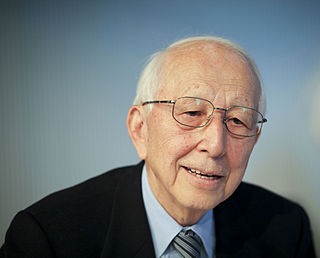A Quote by Fumihiko Maki
I understand that, today, some developers are asking architects to design eye-catching, iconic buildings. Fortunately, I've not had that kind of client so far.
Quote Topics
Related Quotes
Architects design buildings; that's what we do, so we have to go with the flow; and, even though I'm still an old Leftie, global capitalism does have its good side. It's broken down barriers - the Berlin Wall, the Soviet Union - it's raised a lot of people up economically, and for architects, it has meant that we can work around the world.
We see buildings in Britain mostly as freestanding objects. They are not meant to have a dialogue with anything around them, or with history, or with ideas of any kind beyond the self-referential. What we call 'regeneration' is largely an excuse for building for maximum profit with a bit of sculptural design thrown in to catch the eye of the media.

































